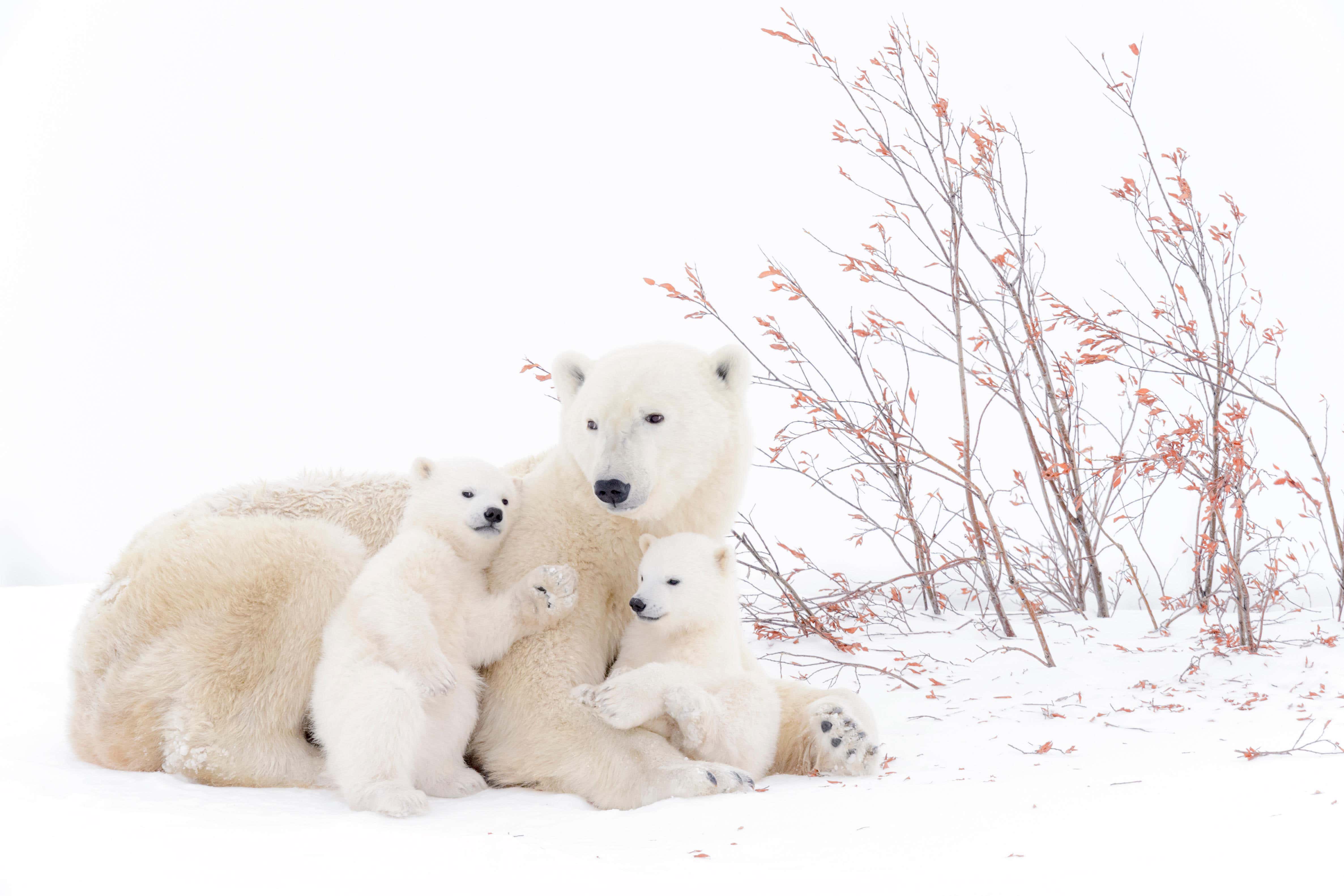Conservationists working to tackle rising risk of polar bear encounters
Tools such as bear spray and ‘bear-dar’ deployed to help communities as climate change brings more contact with world’s largest land carnivores.

Your support helps us to tell the story
From reproductive rights to climate change to Big Tech, The Independent is on the ground when the story is developing. Whether it's investigating the financials of Elon Musk's pro-Trump PAC or producing our latest documentary, 'The A Word', which shines a light on the American women fighting for reproductive rights, we know how important it is to parse out the facts from the messaging.
At such a critical moment in US history, we need reporters on the ground. Your donation allows us to keep sending journalists to speak to both sides of the story.
The Independent is trusted by Americans across the entire political spectrum. And unlike many other quality news outlets, we choose not to lock Americans out of our reporting and analysis with paywalls. We believe quality journalism should be available to everyone, paid for by those who can afford it.
Your support makes all the difference.Experts are working with communities in the Arctic to be “bear safe” as polar bears are forced to spend more time on land as a result of climate change.
Polar Bears International said it is working to reduce the rising risks of encounters between humans and the world’s largest land carnivores, which can be deadly if people are not prepared.
It comes as global warming reduces Arctic sea ice, increasing the amount of time the bears spend on land and increasing the chance of potentially dangerous encounters.
The conservation organisation is working with communities to provide deterrents such bear spray, which can be used as a first line of defence to scare the bears away, and training people to use them.
As hungry bears come looking for food, it has also been providing communities with options for disposing of waste, such as bear-resistant bins.
The organisation has been researching the safety and effectiveness of deterrents including rubber bullets, and testing “bear-dar”: ground-based radar to detect bears as an early warning system, and developing resources with local people such as colouring books for children and safety posters and pamphlets.
The conservation organisation, which works throughout the bears’ range – particularly in Canada and Norway, is marking its 13th annual polar bear week, to raise awareness of the animals, their rapidly changing environment and initiatives to help people co-exist with them.
It is timed as the bears gather on the shores of Hudson Bay near Churchill, Canada, after summer on land, waiting for the ice to reform so they can set out to hunt.
Alysa McCall, director of conservation outreach and staff scientist at Polar Bears International, said the animals were “ice bears”, adapted to live out on Arctic sea ice.
But in parts of the world where they do not have access to the ice all year long, they come onto land in the summer when it melts.
She added: “Historically, this has been okay, because the bears could eat plenty of seals in the winter, throughout the spring, they’d come on to land in the summer, fat and happy, and they could fast and rely on their own body fat for several months and then head out again and do it all over again.”
But she said: “The world is getting warmer because we’re burning too many fossil fuels, heating up the atmosphere, and we are losing our sea ice.”
That means that bears in Hudson Bay, for example, are spending up to a month longer on land than their grandparents did as the ice melts earlier and freezes later, reducing the amount of time they have to hunt seals, she said.
“So they’re consuming fewer calories overall, and they’re spending more time on land, they’re getting a little bit hungrier, and they’re more likely then to follow their noses, to get in trouble over and to encounter people.”
As polar bears do and will continue to spend more time on land in more places, we then should be supporting people to co-exist with polar bears
While Churchill does an “exemplary job” of managing the risks of encountering polar bears, for example though its polar bear alert programme, the resources it has do not exist everywhere in the Arctic where they are also spending more time, and where people have not encountered them before, Ms McCall said.
“If people are not prepared for that, the risk goes up that that encounter could be deadly,” she said.
“We have seen deadly encounters for polar bears in the past decade, multiple people have died, and we do not want that to continue,” she said, adding that the conservation organisation wanted to see the bears in the Arctic for many generations to come.
As a result, she said: “We also have this obligation that, as polar bears do and will continue, to spend more time on land in more places, we then should be supporting people to co-exist with polar bears.”